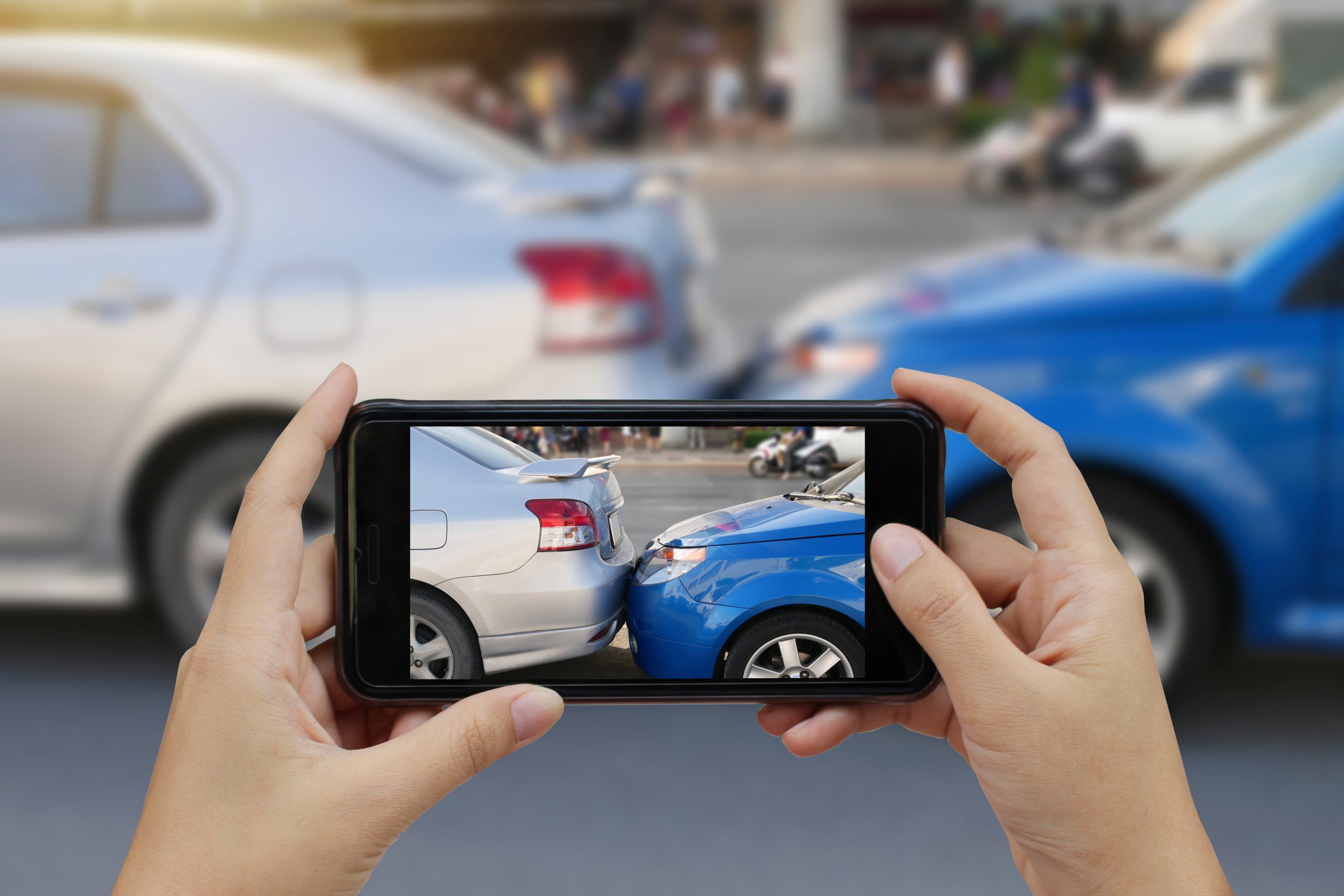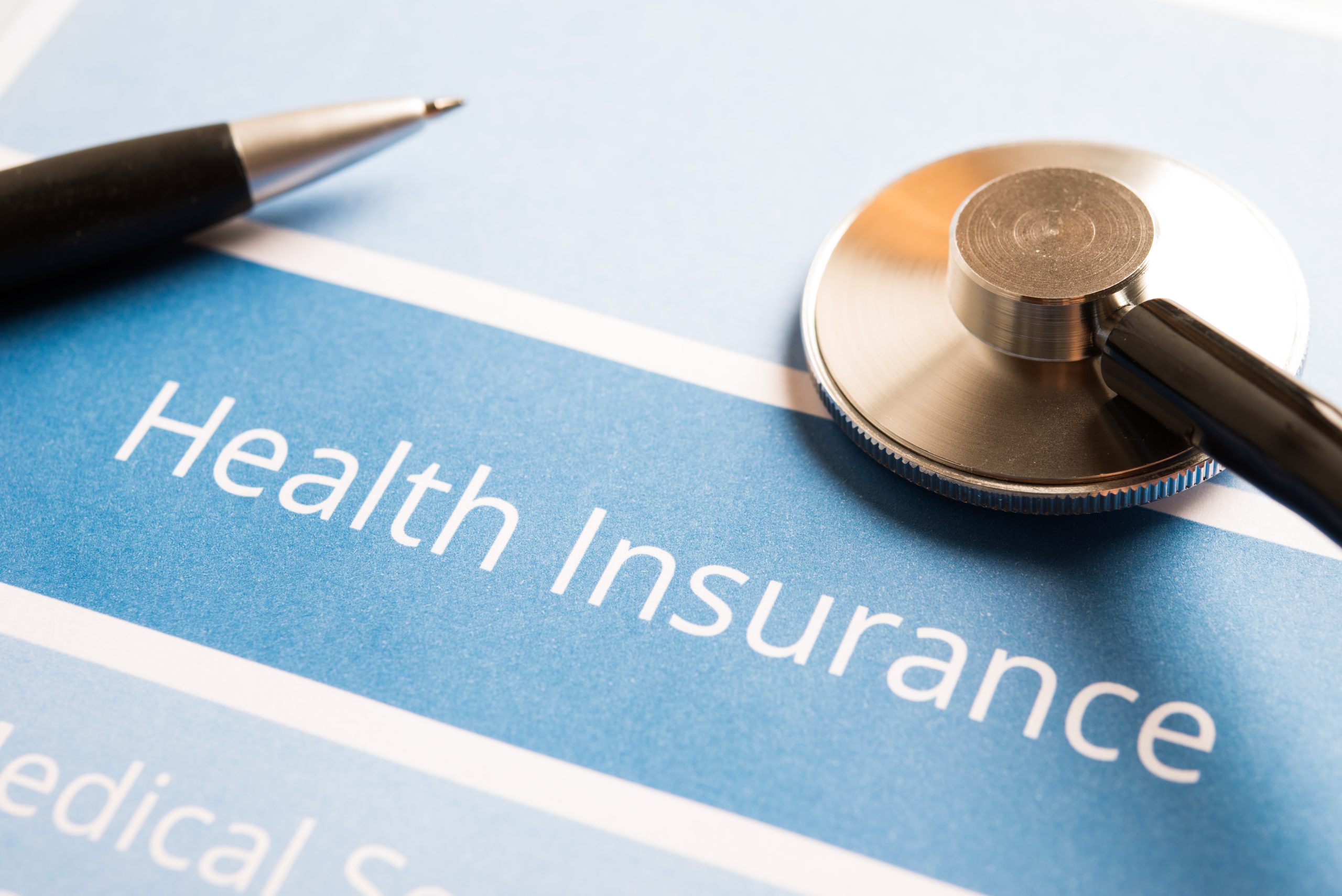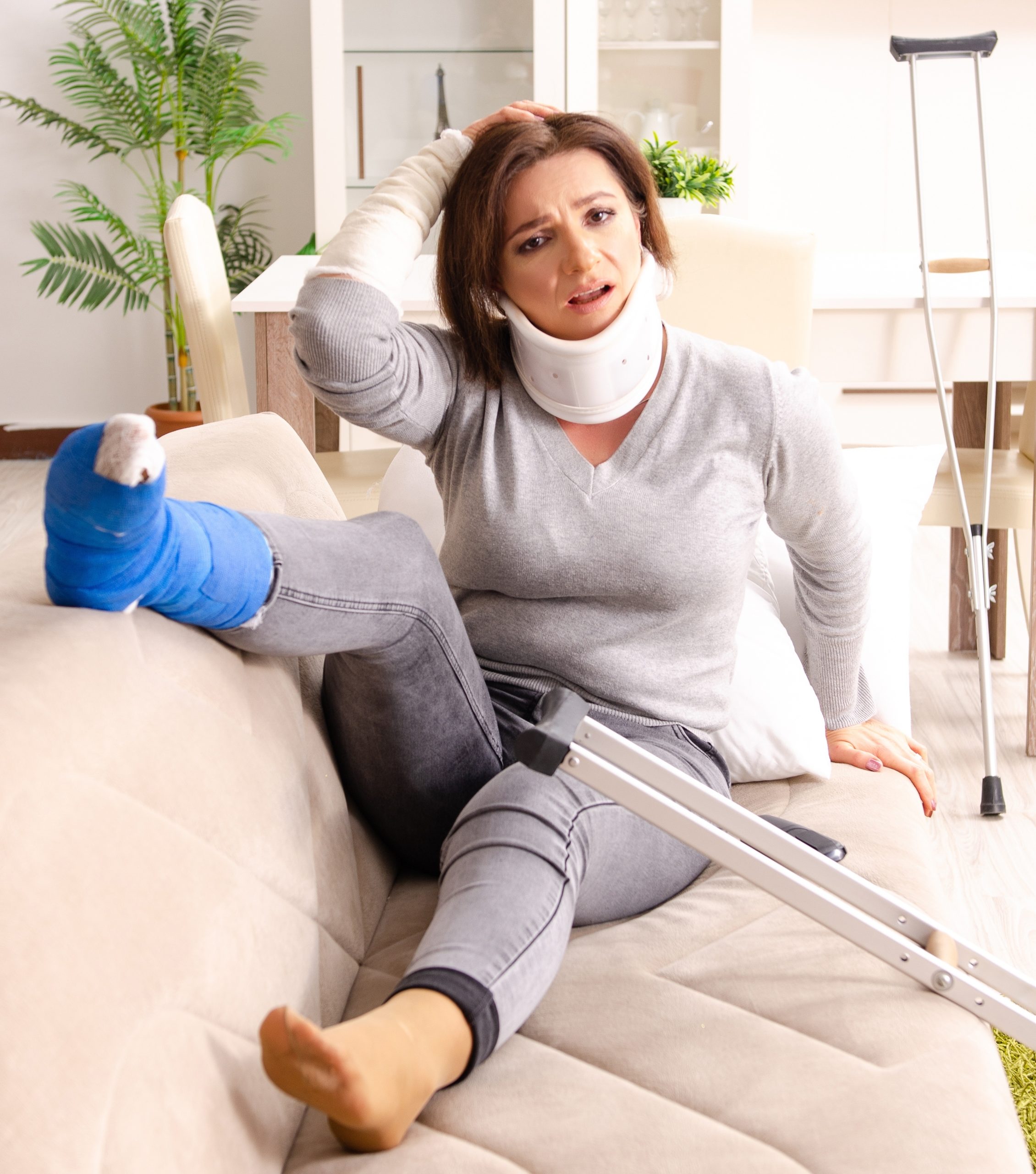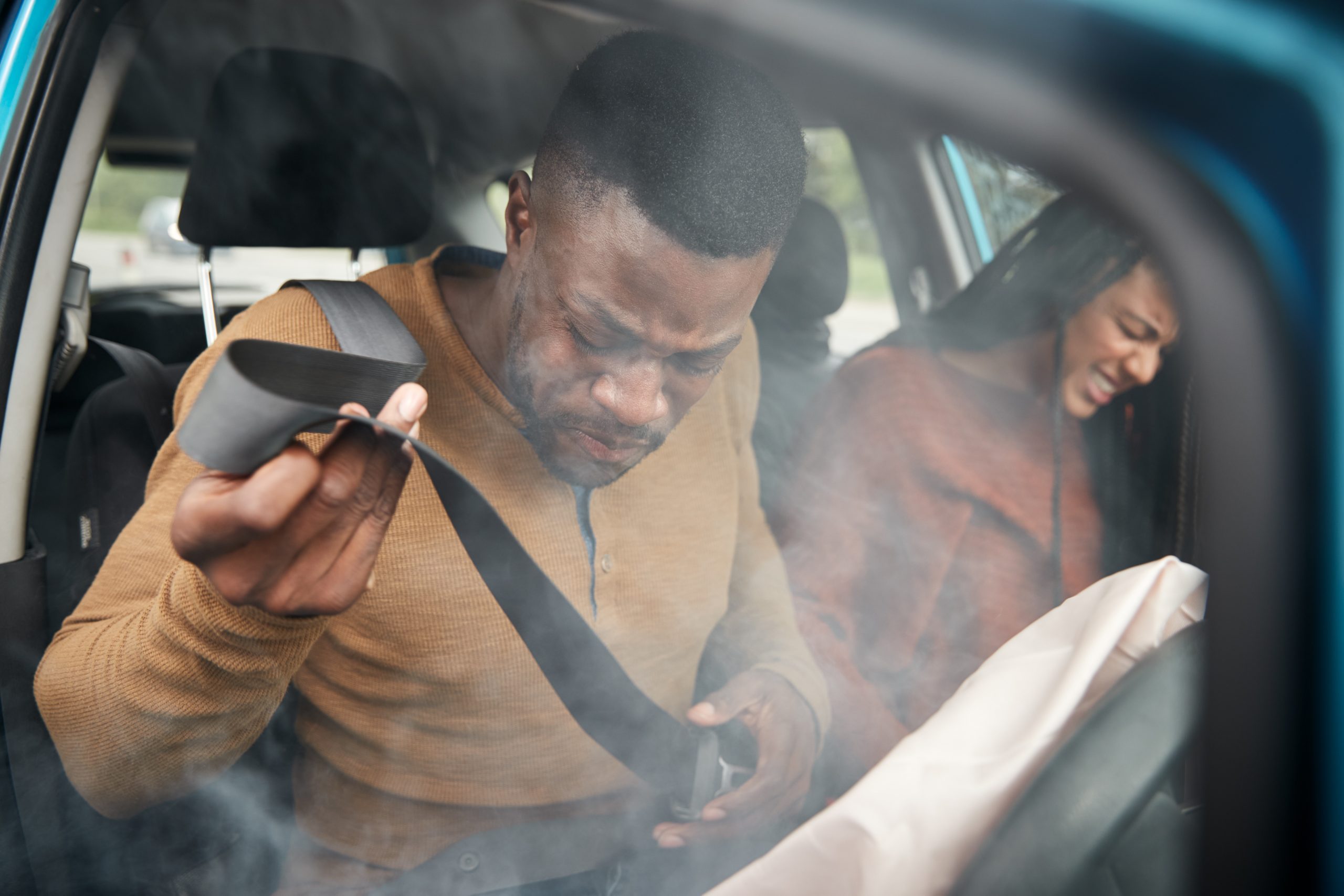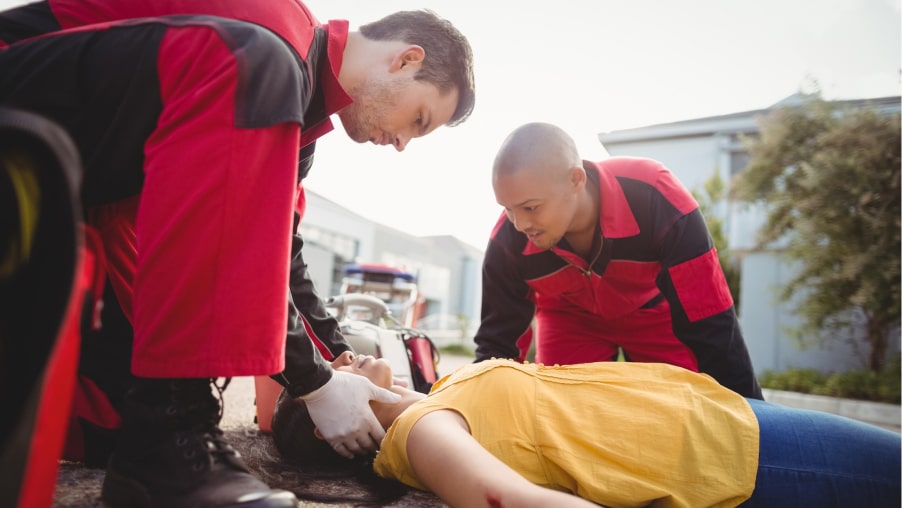Accidents, and the chances of accidents, tend to increase during the summer season as the weather gets hotter. For example, according to the Institute for Highway Safety (IIHS), drivers are at a higher risk of getting into an auto accident in the summer months.
Here is everything you need to know about how to avoid summer accidents:
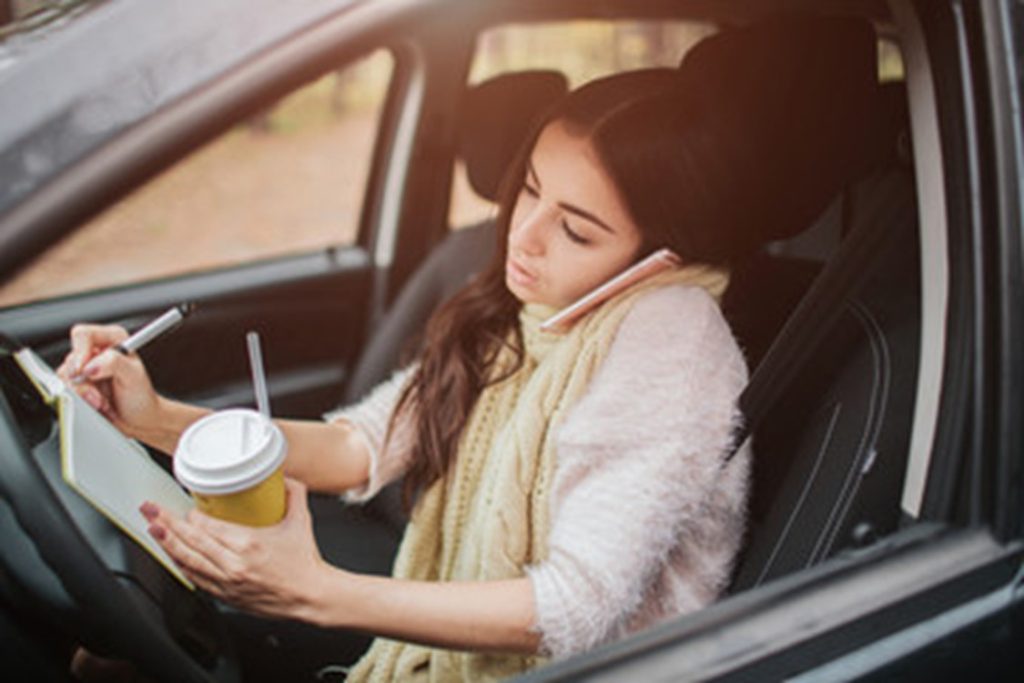
Most Common Causes of Road Accidents
During the summer season, the highways and roads are packed with people looking for their next summer adventure. Staycations and long-road-ahead vacations are in full swing as people throw their gear in the car and take off for some summertime fun. But be wary, as these are the most common causes of accidents on the road in the summer:
- Distracted driving
- Drunk driving
- Unsafe lane changes
- Excessive speeding
- Cutting off other drivers
- Cars suddenly stopping
- Hitting a slippery or unsafe patch
- And more
How to Avoid Car Accidents This Season
To avoid common car accidents during the summer, it is imperative to pay attention to the following tips to stay safe on the road:
Eyes on the road
It is easy to get distracted with the windows down, music up, and closest friends and family in your car. However, distracted driving is one of the leading causes of accidents. This means that you have to put your phone down, no matter what.
Texting and looking at the phone is another leading cause of car accidents. When you get behind the wheel, stay focused on the road ahead. Keep an eye on all of your surroundings and mirrors, and keep the volume on the radio and in the car low. It is also worth noting that many states have passed laws banning texting while driving.
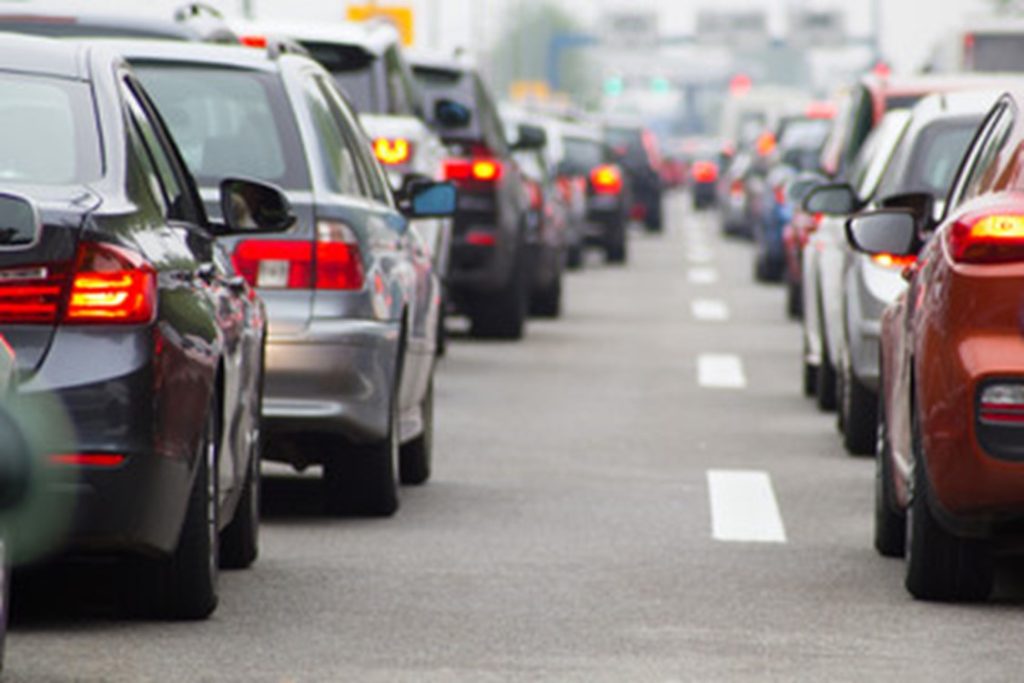
Avoid high traffic times
Although it may be difficult, do your best to stay off the road during high peak hours. These hours can include mornings and mid-afternoon—these are the busiest hours on the road.
Other times to avoid are the weekends. Do your best to leave a day early, especially during summer holidays such as the Fourth of July. The more people on the road means the more chances of an accident happening.
Do NOT drink and drive
You have heard it your entire life: Don’t drink and drive! This is crucial now more than ever as more and more people are driving on the roads than ever before. Since the pandemic has come to an end, more people are opting for alternative travel, which means that more people are driving instead of flying.
Whether you are leaving a restaurant, a cookout, or a party, alcohol is everywhere. Do not get behind the wheel of a car if you have had even one drink. One drink can run the risk of increasing your chances of getting in an accident and getting hurt—or even killing someone else. Use the many options of ride-share apps to safely get to your next destination.

Keep your vehicle in top-tier shape
The heat can put extra strain on your vehicle. Be sure to get your car tuned up before embarking on any road adventures. Breaking down on the highway in extreme heat can be dangerous.
Oil changes, tire rotations, replacing older tires, and battery checks are a must in the summertime. Throw in extra water bottles, food, and an emergency kit that includes a tire iron, car jack, extra tire, and anything that will keep your car going should something unfortunate happen.
Be aware of motorcyclists
Summer months bring out the motorcycle. Keep your eyes peeled when you are on the road as motorcycles are everywhere and hidden in plain sight.
Motorcycle deaths are higher in the summer months as the weather is the perfect time to ride. They can be difficult to see, so keep your eyes on the lookout as motorcyclists are 27 times more likely to die in a road accident than someone in a car.
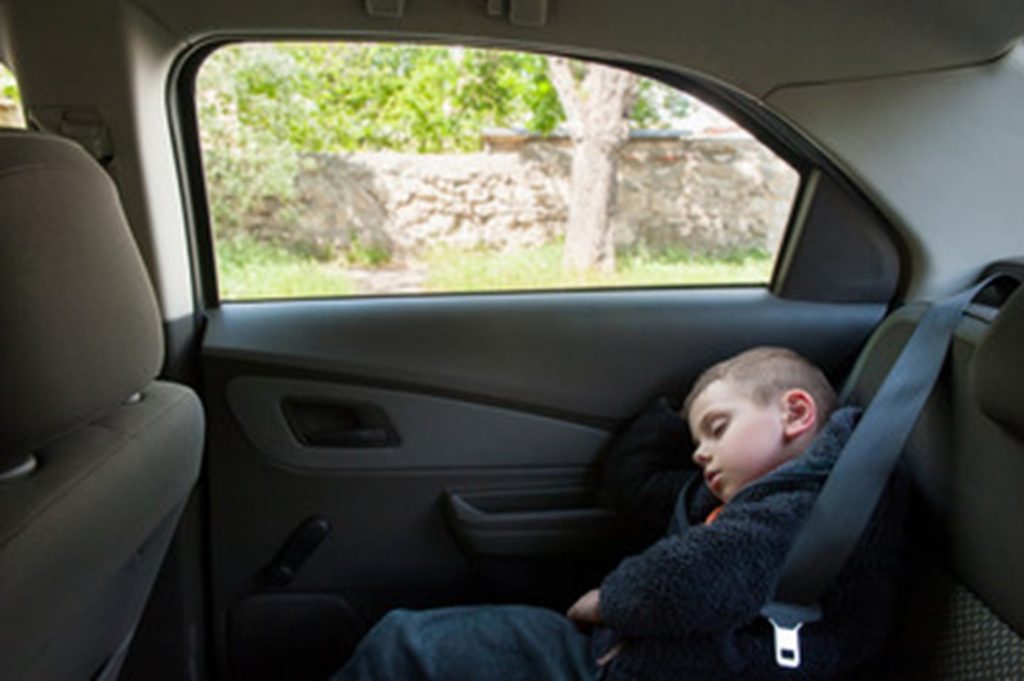
Do NOT leave pets or children in the car
Whether you are running into the local gas station for a quick drink or picking up a to-go order, DO NOT leave kids or animals in the car. Children’s death from heatstroke greatly increases in the summer season. If the routine becomes disrupted, the parent can lose track of time.
This loss of time can lead to a child or pet overheating in the car—and then dying from heat exhaustion. Parents and pet owners can also make the mistake of someone else bringing them inside, so be sure to double and triple-check the vehicle before you go inside.
Stay hydrated
It is essential for every living being to get enough water. The rule of thumb is that if you are thirsty, you are already experiencing dehydration.
Keep water with you at all times and be sure to drink throughout the day. Heatstroke is a leading cause of death in the summer and is an accident that is easily avoidable.

Dress Appropriately
You may be looking forward to showing more skin to achieve that perfect summer-time glow. Vitamin D is good for the mind as well as the soul.
However, sunburn is an avoidable accident that can be debilitating. Cover up exposed areas of your body, wear a hat and sunglasses, smother yourself in sunscreen, and stay in the shade as much as possible.
Bottom Line
You can enjoy a great summer by following the above tips. By paying attention, not drinking and driving, dressing appropriately for the weather, and staying hydrated, you stay healthy and avoid unnecessary accidents.
Although the risks of driving accidents increase in the summer, you can avoid being a statistic. Keep yourself and your loved ones safe by staying vigilant and aware, and you’ll have the best summer ever.

